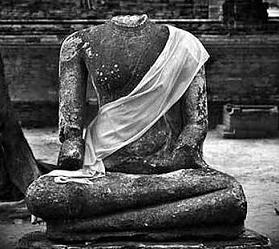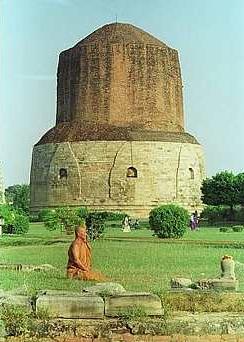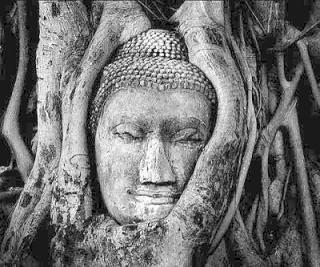May 11, 2009

If Peris is captivated or mystified, he would return to the place of visit, not once but several times. At other times, he would walk by, rejecting subjects his friends coax him to photograph.
In the mid-80s, Peris and a photographer friend and his wife headed for Sukhothai Historical Park, about 700km north of Bangkok, and some six hours away by train and road. “I spent a few months there and took 50 rolls of photographs,” says Peris, 70. “I stayed nearby and rented a bicycle to tour the park. For food, I just had Mars bars.”
The park covers the ruins of Sukhothai, capital of the Sukhothai kingdom in the 13th and 14th centuries, in the north of Thailand. There are 193 ruins on 70sqkm of land. Inside the city walls are the remains of the royal palace and 26 temples, the largest being Wat Mahathat. The park has been declared a World Heritage Site, and draws thousands of visitors every year.

It wasn’t until his third trip that he felt he had seen just about everything.
As a result of all his trips to Sukhothai, Peris has a compilation of photographs for exhibition. He is one of three photographers whose works are featured in A Photographic Exhibition: The Buddha at the Buddhist Maha Vihara in Brickfields, Kuala Lumpur. The others are Victor Chin and New Delhi-based photographer Benoy K. Behl.
“Once I have enough photographs, I am able to hold an exhibition or what I term ‘a meditation in stone’,” says Peris, who adds that he practises “detachment” when taking photographs.
By looking at the photographs, one is able to reflect on the Buddhist scriptures and the meaning of Annica (a Pali word for impermanence and transience), says Peris. He deems that when one has an inkling of impermanence and faces up to it, one can start to live.
Peris reflects on major catastrophes around the world such as massive earthquakes.
“Within an hour, so many people perish and buildings are gone. When the tsunami hit Sri Lanka, thousands of people died and a train was swept away.
“Isn’t that impermanence? Nobody imagined something like that could happen. Our life is like that.”

“A headless Buddha statue is the most potent image of the ruins in Ayutthaya,” says Chin, adding that it evokes memories of 400 years of political and religious wars in the region and the fight over material things.
“All religions talk about living in a peaceful way with our neighbours, but in practice, human beings are more complex.
“These photographs of ruins are a testament to the complexities of the human mind and body,” he says.
By Majorie Chiew
– Source : The star online




